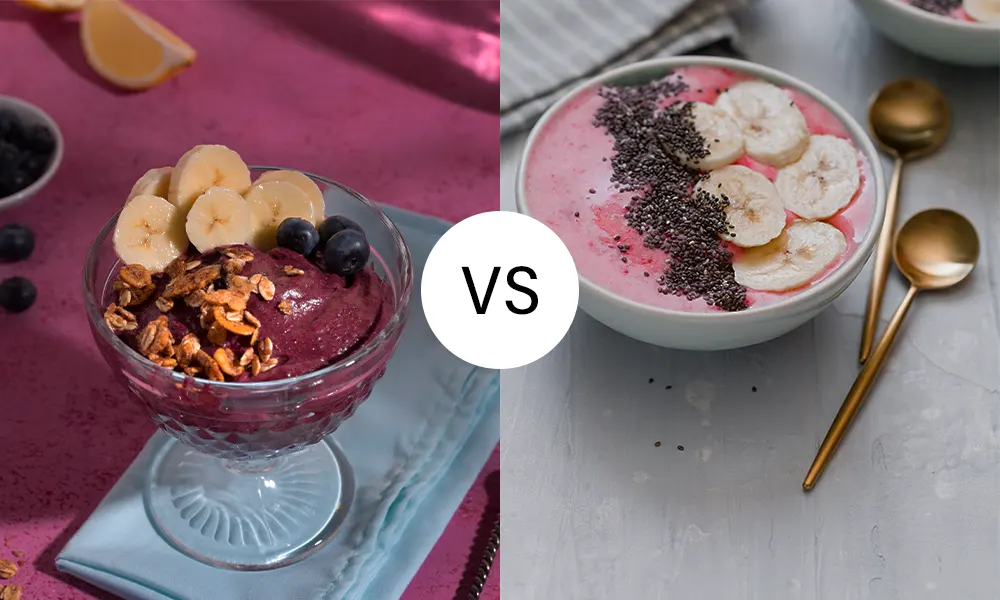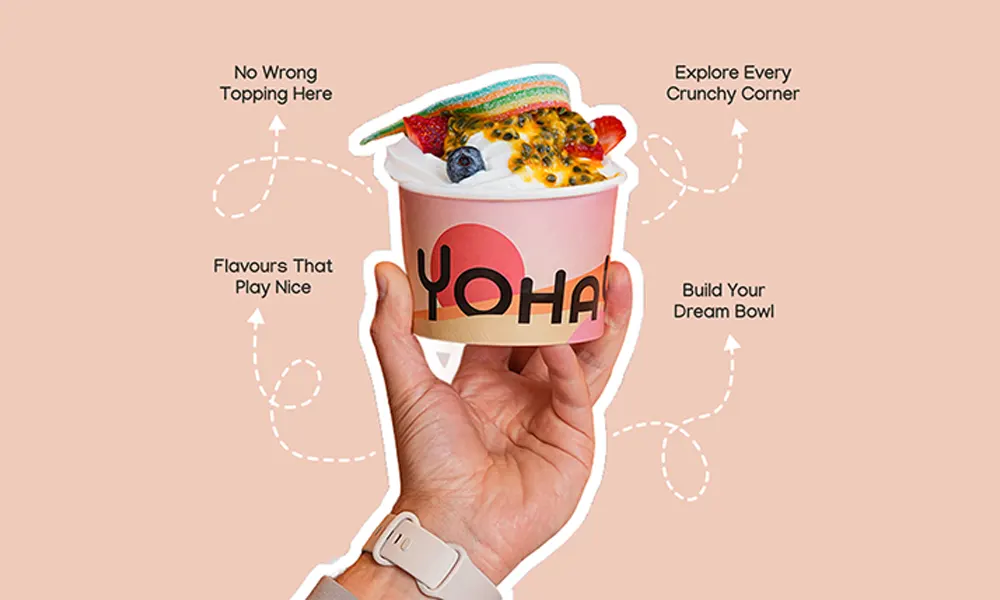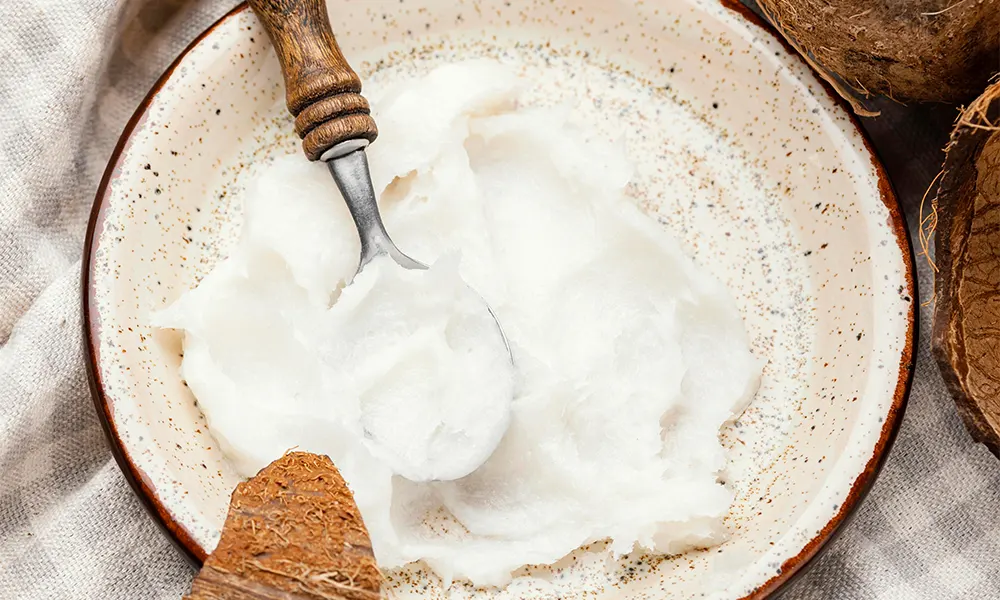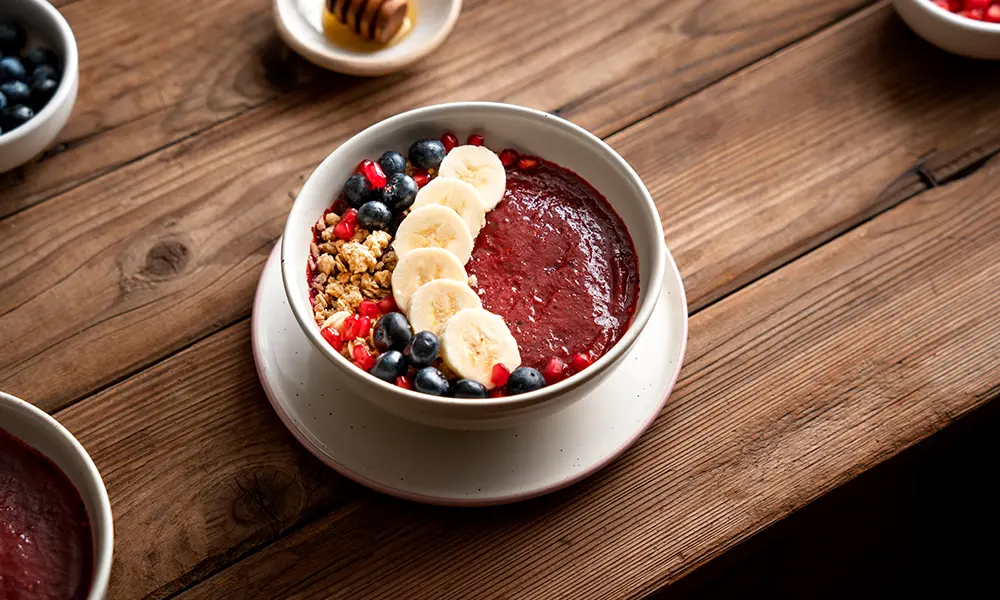In recent years, acai yoghurt and smoothie bowls have become popular breakfast and snack choices for many looking to improve their diet and health. Both are tasty, nutrient-packed options that provide a boost of energy and a wide array of vitamins and minerals. But when it comes to choosing between the two, how do you know which one is the better option for you?
The truth is, there’s no one-size-fits-all answer. The choice between acai yoghurt and smoothie bowls depends on your specific health goals, dietary needs, and personal preferences. To help you make an informed decision, we’ll break down the nutritional benefits, ease of preparation, and other key factors of both. Let’s dive into the world of acai-based foods and see how acai yoghurt and smoothie bowls stack up against each other.
1. What is Acai Yoghurt?
Before comparing acai yoghurt and smoothie bowls, it’s important to understand what acai yoghurt is and how it’s made. Acai yoghurt is a dairy or plant-based yoghurt infused with acai berries, which are known for their high antioxidant content. The yoghurt is typically fermented with probiotic cultures, making it a good source of beneficial bacteria for gut health.
While the base of acai yoghurt is usually yoghurt, it’s often enriched with other nutritious ingredients such as coconut milk or almond milk, making it a dairy-free option for those with lactose intolerance or following a vegan diet. The addition of acai berries provides a rich, deep purple colour and a slightly tangy flavour that complements the creaminess of the yoghurt.
Key Ingredients of Acai Yoghurt:
- Acai Berries: Known for their high levels of antioxidants, which help reduce inflammation and promote heart health.
- Probiotics: Beneficial bacteria that improve gut health and support digestion.
- Coconut Milk or Almond Milk: Provides a dairy-free alternative for those avoiding lactose.
2. What Are Smoothie Bowls?
Smoothie bowls are essentially thicker versions of smoothies, served in a bowl instead of a glass. The base of a smoothie bowl typically consists of blended frozen fruits, such as acai, banana, or mango, along with some liquid, like almond milk or coconut water. Smoothie bowls are topped with a variety of ingredients such as granola, nuts, seeds, coconut flakes, and fresh fruit, making them a highly customisable meal or snack.
Key Ingredients of Smoothie Bowls:
- Frozen Fruits: The main ingredient, providing natural sweetness and a thick, creamy texture.
- Liquid Base: This can include almond milk, coconut water, or any milk alternative.
- Toppings: Granola, nuts, seeds, fruit, and other ingredients that add crunch and extra nutrition.
3. Nutritional Comparison: Acai Yoghurt vs. Smoothie Bowls
Now, let’s get into the heart of the comparison—nutrition. Both acai yoghurt and smoothie bowls offer an abundance of vitamins, minerals, and antioxidants, but the specific nutrients you get from each vary. Let’s take a closer look at how each stacks up nutritionally.
3.1. Acai Yoghurt: A Nutrient-Packed Option
Acai yoghurt is typically lower in sugar than smoothie bowls, especially if you choose a plain or unsweetened variety. This makes it an appealing option for those looking to control their sugar intake. Here’s a breakdown of some of the key nutrients you can find in acai yoghurt:
Key Nutrients in Acai Yoghurt:
- Antioxidants: Acai berries are packed with antioxidants that help fight oxidative stress and inflammation.
- Probiotics: These are essential for promoting a healthy gut microbiome and aiding digestion.
- Healthy Fats: If your acai yoghurt is made with coconut milk, it will contain healthy fats like medium-chain triglycerides (MCTs), which are good for energy and metabolism.
- Protein: Some brands of acai yoghurt are high in protein, especially those made with dairy-based yoghurt or fortified plant-based options.
3.2. Smoothie Bowls: A Diverse Source of Nutrients
Smoothie bowls, while also packed with nutrients, tend to offer a wider variety of vitamins and minerals, depending on the fruits and toppings you add. Here’s a breakdown of the nutrients commonly found in smoothie bowls:
Key Nutrients in Smoothie Bowls:
- Vitamins: Depending on the fruit you use, smoothie bowls can provide a range of vitamins, including vitamin C (from fruits like berries and citrus) and vitamin A (from fruits like mango and papaya).
- Fiber: Smoothie bowls made with fruits and seeds are high in dietary fibre, which helps support digestion and keeps you feeling full longer.
- Healthy Fats: If you top your smoothie bowl with seeds (like chia or flaxseeds), you get a good dose of healthy fats.
- Protein: While smoothie bowls typically don’t contain as much protein as acai yoghurt, you can add protein-rich toppings like nuts, seeds, or even protein powder to boost the protein content.
In terms of calorie count, smoothie bowls can be higher in calories due to the variety of fruits and toppings added. The liquid base and the added granola or nuts can increase the calorie count significantly, especially if you use sweetened liquids or high-calorie toppings.
4. Convenience: Which is Easier to Prepare?
When deciding between acai yoghurt and smoothie bowls, convenience is another important factor. Both options can be prepared quickly, but there are some key differences in the time and effort involved.
4.1. Acai Yoghurt: Quick and Ready to Eat
One of the main benefits of acai yoghurt is its convenience. Unlike smoothie bowls, which require blending and sometimes extra toppings, acai yoghurt is ready to eat straight from the container. All you need to do is scoop out your desired amount and add toppings if you wish. This makes it a great option for busy mornings or when you’re on the go.
Pros of Acai Yoghurt:
- Pre-portioned: You can control your serving size easily.
- Less time-consuming: No blending required.
- Portable: Ideal for quick snacks or breakfasts.
4.2. Smoothie Bowls: A Little More Time-Consuming
Smoothie bowls, on the other hand, require some prep work. You need to blend the frozen fruits and liquid base, and then add toppings like granola, seeds, or nuts. While this only takes a few minutes, it’s still more involved than simply scooping out acai yoghurt.
Pros of Smoothie Bowls:
- Customisable: You have complete control over what goes into your bowl.
- Fun to prepare: Perfect for those who enjoy creating a meal that’s visually appealing and delicious.
5. Taste and Texture: Which One Is More Satisfying?
When it comes to acai yoghurt vs. smoothie bowls, taste and texture are key factors to consider. Both are creamy and delicious, but they offer slightly different experiences.
5.1. Acai Yoghurt: Creamy and Smooth
Acai yoghurt has a thick, creamy texture that’s similar to traditional yoghurt but with the added benefits of probiotics and the distinct flavour of acai berries. If you enjoy the richness of yoghurt but are looking for a dairy-free alternative, acai yoghurt is a great option.
5.2. Smoothie Bowls: Thick and Refreshing
Smoothie bowls have a more substantial, frozen texture, which makes them feel like a treat. They’re often thicker than smoothies and have a slightly more refreshing quality, thanks to the cold temperature of the frozen fruits. The toppings on a smoothie bowl, like granola, nuts, and fresh fruit, add a variety of textures, making each bite different from the last.
Which One is Better for You?
Ultimately, it depends on what you’re looking for in a meal. If you want something quick and easy, acai yoghurt is likely the better option for you. If you’re looking for a more customisable and filling meal with multiple textures, then a smoothie bowl might be more up your alley.
Conclusion: Make the Right Choice for Your Health Goals
Both acai yoghurt and smoothie bowls are excellent options for anyone looking to enjoy a healthy, nutrient-dense meal or snack. The key is to determine which one fits better into your routine, health goals, and personal taste preferences.
If you’re looking for something quick, easy, and probiotic-rich, acai yoghurt is a convenient and nutritious choice. On the other hand, if you enjoy customising your meals and love the variety of textures, a smoothie bowl could be the perfect option for you.
If you’re interested in trying high-quality acai yoghurt, check out Yohayo. For more information or to contact us directly, visit our contact page. Choose the option that best suits your needs and enjoy a delicious, nutrient-packed treat today!
FAQs
1. Is acai yoghurt healthier than a smoothie bowl?
Both options are healthy, but they offer different benefits. Acai yoghurt provides probiotics and a creamy texture, while smoothie bowls offer more variety in toppings and higher fibre content from fruits and seeds. The “better” option depends on your specific health goals.
2. Can I use acai yoghurt in a smoothie bowl?
Yes, you can combine acai yoghurt with other fruits and toppings in a smoothie bowl for a creamier, probiotic-packed alternative to the traditional smoothie base.
3. Which is easier to make: acai yoghurt or a smoothie bowl?
Acai yoghurt is quicker and easier to prepare since it comes ready to eat, whereas smoothie bowls require blending and preparing additional toppings.
4. Can I make a smoothie bowl that’s as healthy as acai yoghurt?
Yes, you can make a smoothie bowl that’s as healthy as acai yoghurt by adding healthy toppings such as seeds, nuts, and superfoods, along with a protein-rich base.
5. Which option is more filling, acai yoghurt or smoothie bowls?
Smoothie bowls are generally more filling due to the added fruits, seeds, and granola, which provide extra fibre and protein. Acai yoghurt, while still filling, is often lighter and more suited for a quick snack.





